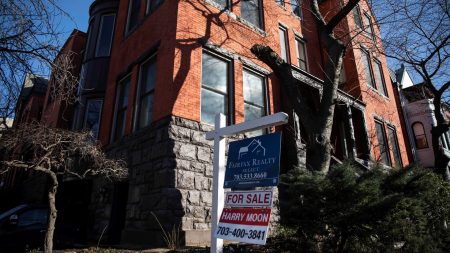Strategies to Minimize Capital Gains Taxes When Selling Your Home
-
Understanding the Tax Exclusion:
When selling a primary residence, homeowners can exclude up to $250,000 (single filers) or $500,000 (married couples filing jointly) of profits from capital gains taxes. To qualify, you must have lived in the home for at least two of the five years preceding the sale. -
Impact of Rising Home Prices:
With increasing home equity, more sellers are surpassing the tax exclusion thresholds. A CoreLogic report indicates that 8% of U.S. homes sold in 2023 exceeded the $500,000 limit for married couples, up from 3% in 2019. High-cost states like Colorado and New York see higher percentages exceeding these limits. -
Increasing Your Home’s Basis:
The basis is the original purchase price plus capital improvements, which can reduce taxable profit. Capital improvements include renovations, new roofs, and exterior upgrades—not repairs like fixing leaks. These improvements can be added to the basis, potentially lowering taxable gains. -
Including Fees and Costs:
Fees and closing costs from both buying and selling can be included in the basis. Examples are title fees, legal fees, and transfer taxes. These costs can provide additional reductions in taxable profit, potentially by several thousand dollars. -
Capital Gains Tax Rates:
Profits exceeding the exclusion are taxed at 0%, 15%, or 20%, based on income levels. Detailed record-keeping is crucial for accurately calculating basis adjustments and ensuring compliance with IRS rules. - Consultation and Record-Keeping:
Homeowners should consult tax professionals and maintain receipts for improvements and expenses to navigate complex tax laws effectively and avoid potential audits.
By strategically increasing the home’s basis and leveraging allowed expenses, homeowners can minimize their tax liability, ensuring they maximize their financial outcomes when selling their property.









